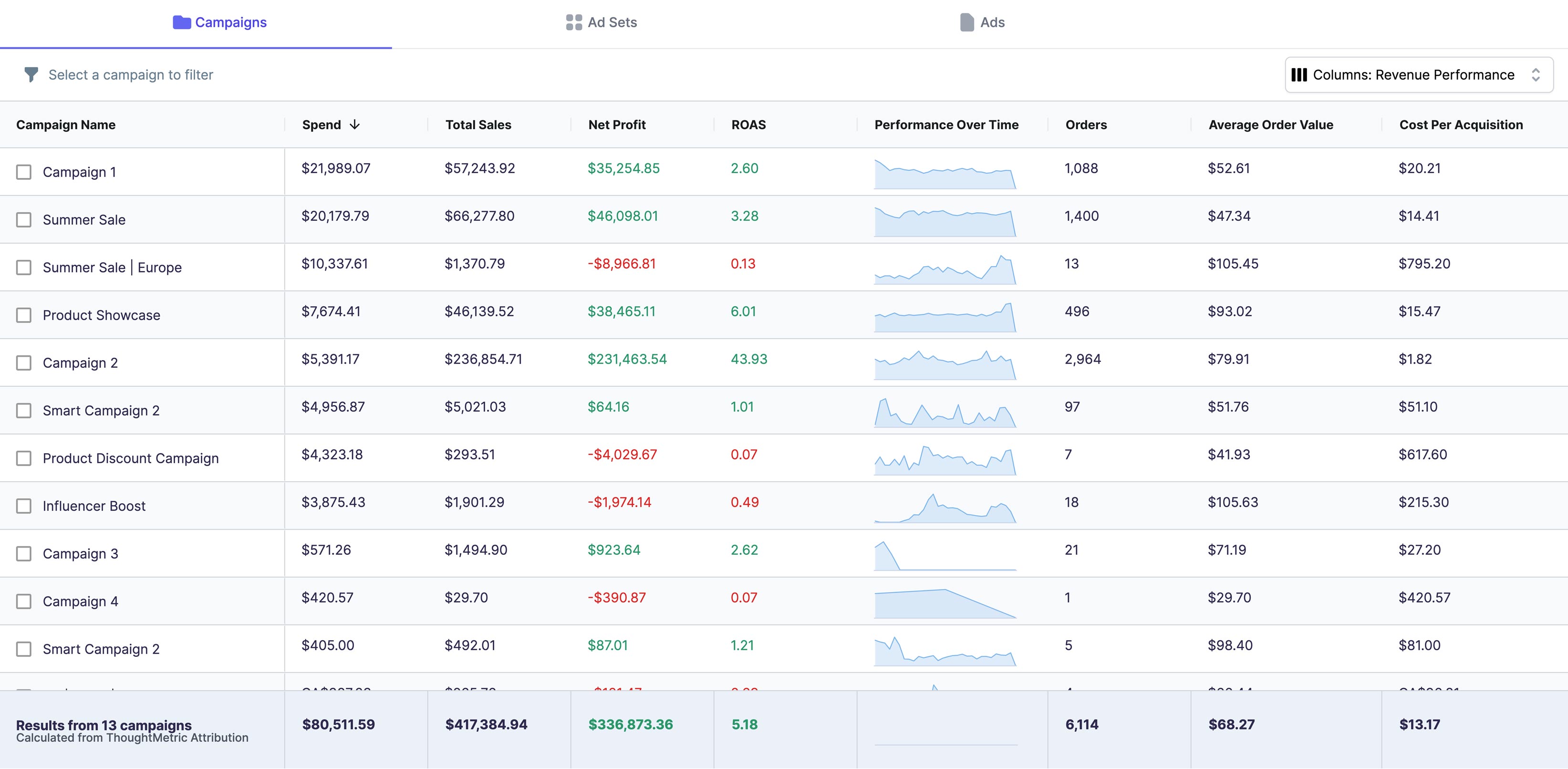Running a successful advertising campaign on Google Ads involves understanding various metrics to measure the effectiveness of your campaign. Reach, in particular, is a crucial metric that determines the number of unique users who will see your ads. In this article, we will delve into the basics of calculating reach in Google Ads and explore the various methods to optimize your ad reach for maximum impact.
Understanding Reach in Google Ads
Reach is a crucial metric that can impact the success of your Google Ads campaigns. It refers to the total number of unique users who see your ad during a specific period. The larger your reach, the more people you can potentially interact with through your ad.
When it comes to Google Ads, understanding reach is essential as it can greatly impact your ad budget and campaign strategies. By knowing your reach, you can make informed decisions about ad frequency, budget allocation, and targeting methods.
Definition of Reach
Reach is defined as the number of unique users who have seen your ad during the specified time frame. It is an important metric as it provides insight into the size of your potential audience. It is important to note that reach is different from impressions, which represent the total number of times your ad has been displayed, regardless of whether it was shown to the same user multiple times.
For example, if your ad is displayed to the same user three times, it will count as three impressions but only one reach. This is because reach measures the number of unique users who have seen your ad.
Importance of Reach in Advertising Campaigns
Reach is a critical metric that can have a significant impact on the success of your advertising campaigns. It helps you understand the size of your potential audience, which can influence your ad budget and campaign strategies.
For instance, if your reach is small, you may need to increase your budget or adjust your targeting methods to reach more people. On the other hand, if your reach is large, you may be able to reduce your budget or focus on more specific targeting methods to improve the effectiveness of your ads.
Knowing your reach can also help you make informed decisions about ad frequency. If your reach is small, showing your ad too frequently can lead to ad fatigue and a decrease in effectiveness. However, if your reach is large, you may be able to show your ad more frequently without experiencing ad fatigue.
In conclusion, understanding reach is crucial for any Google Ads campaign. By knowing your reach, you can make informed decisions about budget allocation, targeting methods, and ad frequency, ultimately leading to more effective campaigns and better ROI.
Setting Up Your Google Ads Campaign
Are you ready to take your business to the next level? Setting up a Google Ads campaign can help you reach a wider audience and increase your online presence. But before we dive into the specifics of calculating your reach, let's go over the essential steps to set up your Google Ads campaign.
Choosing the Right Campaign Type
The first step in setting up your Google Ads campaign is to choose the right campaign type. Your campaign type should align with the goals you aim to achieve with your ads. Google Ads provides options for Search Ads, Display Ads, Video Ads, Shopping Ads, and App Ads.
For example, if you want to promote your online store and increase sales, you may want to consider using Shopping Ads. On the other hand, if you want to increase brand awareness and reach a wider audience, Display Ads might be the better option.
Targeting Options for Maximum Reach
Once you have chosen the right campaign type, the next step is to select the appropriate targeting options to optimize your ad reach. Google Ads offers multiple targeting methods, such as demographics, interests, behaviors, and geolocations to name a few.
Understanding your target audience is crucial in selecting the right targeting methods. For example, if you are targeting a younger audience, you may want to consider using interest targeting. If you are targeting a specific location, geolocation targeting might be the better option.
By using the appropriate targeting methods, you can increase the potential reach of your ads and ensure that your ads are being seen by the right people.
Creating Engaging Ad Content
Now that you have chosen the right campaign type and targeting options, it's time to create engaging ad content. Your ad content should be relevant, informative, and eye-catching. It should also include a clear call-to-action, such as "Shop Now" or "Learn More."
When creating your ad content, it's important to keep in mind the platform on which your ads will be displayed. For example, if you are creating a video ad, you may want to consider using visuals and sound to capture the attention of your audience.
By creating engaging ad content, you can increase the likelihood of your ads being clicked and ultimately, achieve your campaign goals.
Monitoring and Optimizing Your Campaign
Once your Google Ads campaign is up and running, it's important to monitor and optimize your campaign regularly. This involves analyzing your ad performance, adjusting your targeting options and ad content, and testing different ad formats.
By monitoring and optimizing your campaign, you can ensure that your ads are performing at their best and achieving your campaign goals.
Now that you know the essential steps to set up your Google Ads campaign, it's time to get started and take your business to the next level!
Metrics to Measure Reach in Google Ads
Different metrics measure reach in Google Ads. These metrics help you gauge the effectiveness of your campaign and optimize your strategies. Here are some of the metrics to consider when measuring your ad reach:
Impression Share
Impression share measures the percentage of times your ad was displayed, out of the total number of times it was eligible to be displayed. It is an indication of how often your ads appear in Google's search results or partner sites.
Unique Reach
Unique reach represents the number of unique users who have viewed your ad at least once during the campaign. It provides an insight into how many individuals your ad has reached and how many times, on average, each person has seen it.
Frequency
Frequency is the average number of times a unique user has seen your ad. It helps you control how often your ad appears to each user and evaluate the ideal frequency to avoid over-exposure which can negatively impact the campaign.
Calculating Reach in Google Ads
Google Ads provides several ways to calculate reach, such as via Reach Planner and metric analyses. Here are some methods to calculate your ad reach in Google Ads.
Using Google Ads Reach Planner
Reach Planner is a Google Ads feature that provides an estimate of reach based on your targeting settings and budget. It enables advertisers to forecast how their ads will perform with different targeting options. Reach Planner helps evaluate the potential reach of various campaign strategies and make informed decisions about targeting methods and budgets.
Analyzing Reach Metrics in Google Ads Reports
Google Ads provides numerous reports that can help measure reach, such as Campaign Reports and Audience Reports. These reports allow you to analyze your ad reach and optimize your campaigns based on the insights derived from the metrics.
Tips to Improve Reach in Google Ads
Here are some tips to optimize your ad reach and maximize the effectiveness of your Google Ads campaign:
Optimizing Ad Creatives
Well-designed ad creatives that are appealing to your target audience can increase the chances of interactions with your ad. Use eye-catching visuals and engaging ad copies to attract your audience and optimize your chances of success.
Expanding Keyword Selection
Using a comprehensive set of relevant keywords can help improve your ad's reach potential for searches related to your products or services. Ensure you do thorough keyword research and chose the right match types (Broad, Phrase, Exact) to reach your intended audience.
Utilizing Ad Extensions
Ad extensions like Location Extensions, Callout Extensions, and Sitelink Extensions provide additional information about your business and increase the chances of interactions with your ad. Use relevant ad extensions to highlight unique selling points and increase your potential reach.
Conclusion
Calculating reach in Google Ads is an essential part of any successful campaign. By understanding the basics of reach and using the methods listed in this article, you can optimize your ad reach and achieve your ad goals efficiently. Remember to analyze your metrics periodically and adjust your campaign strategies accordingly to achieve maximum impact.





